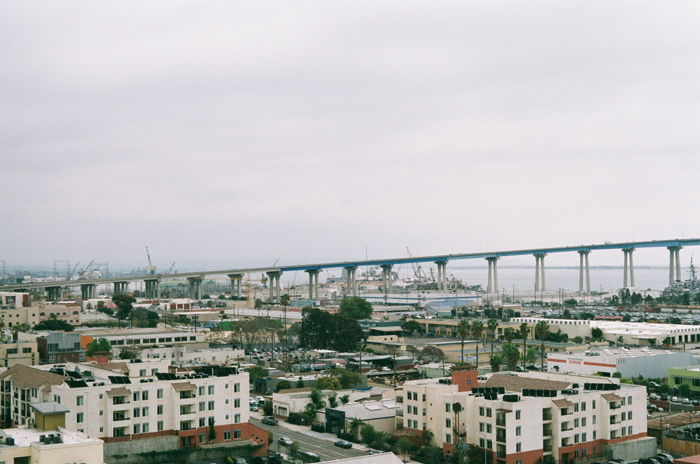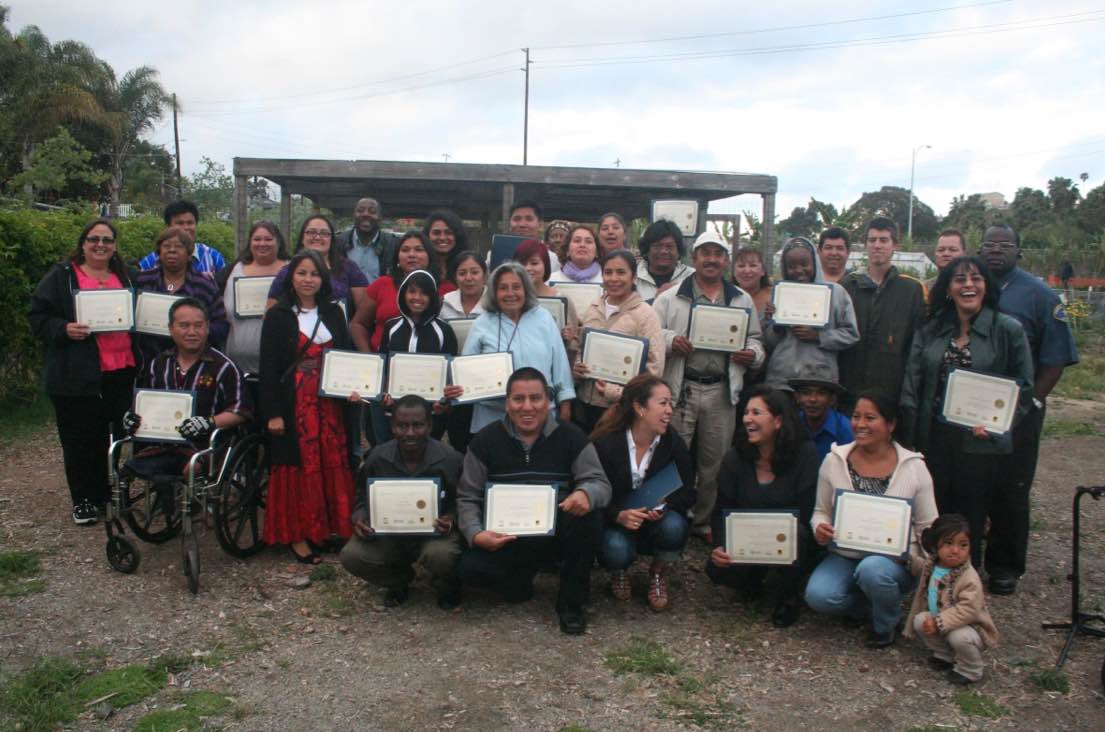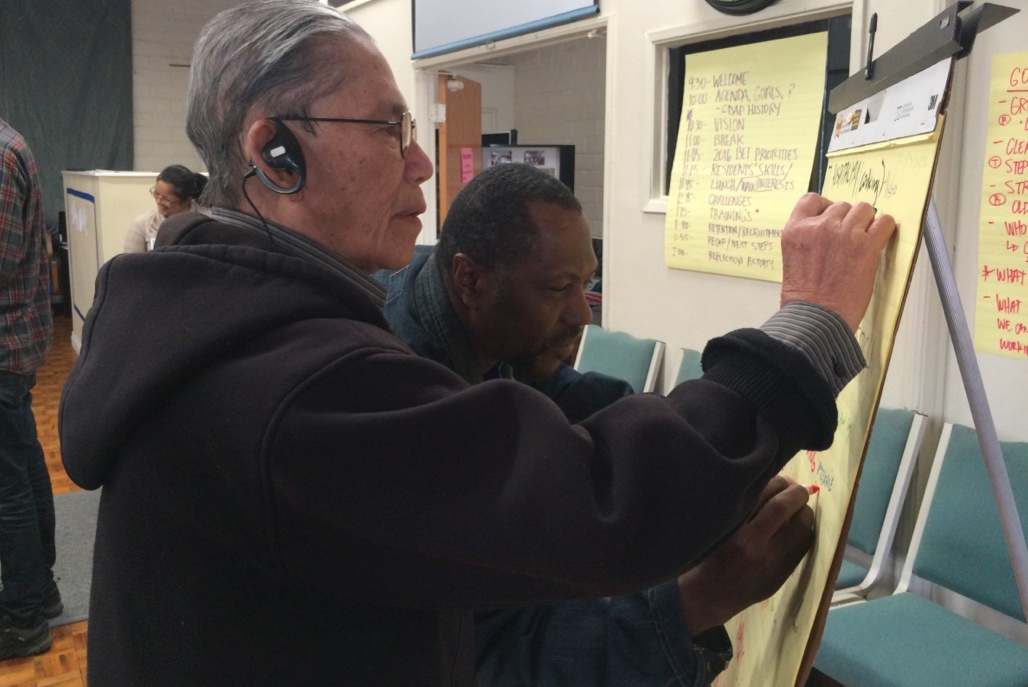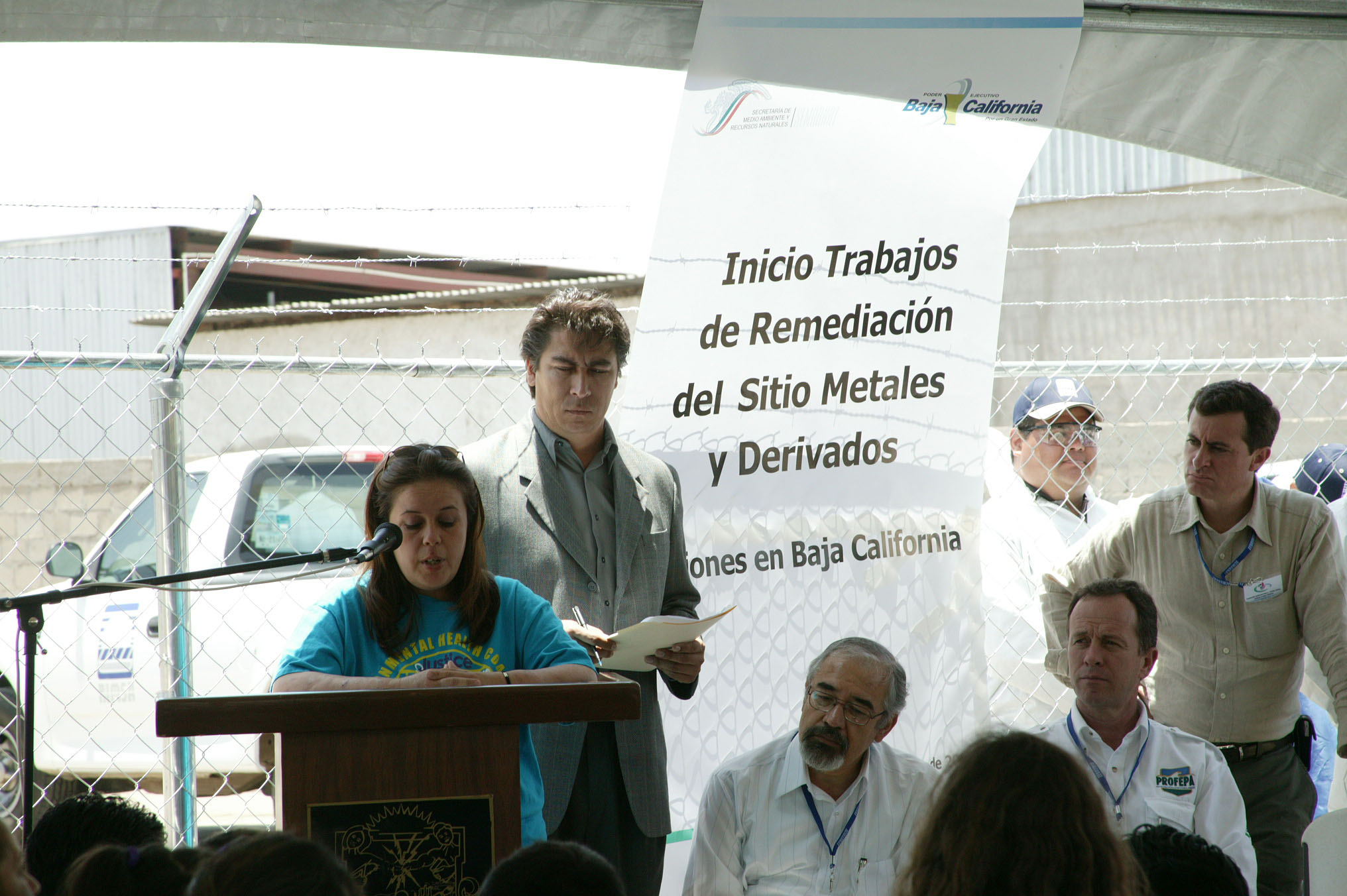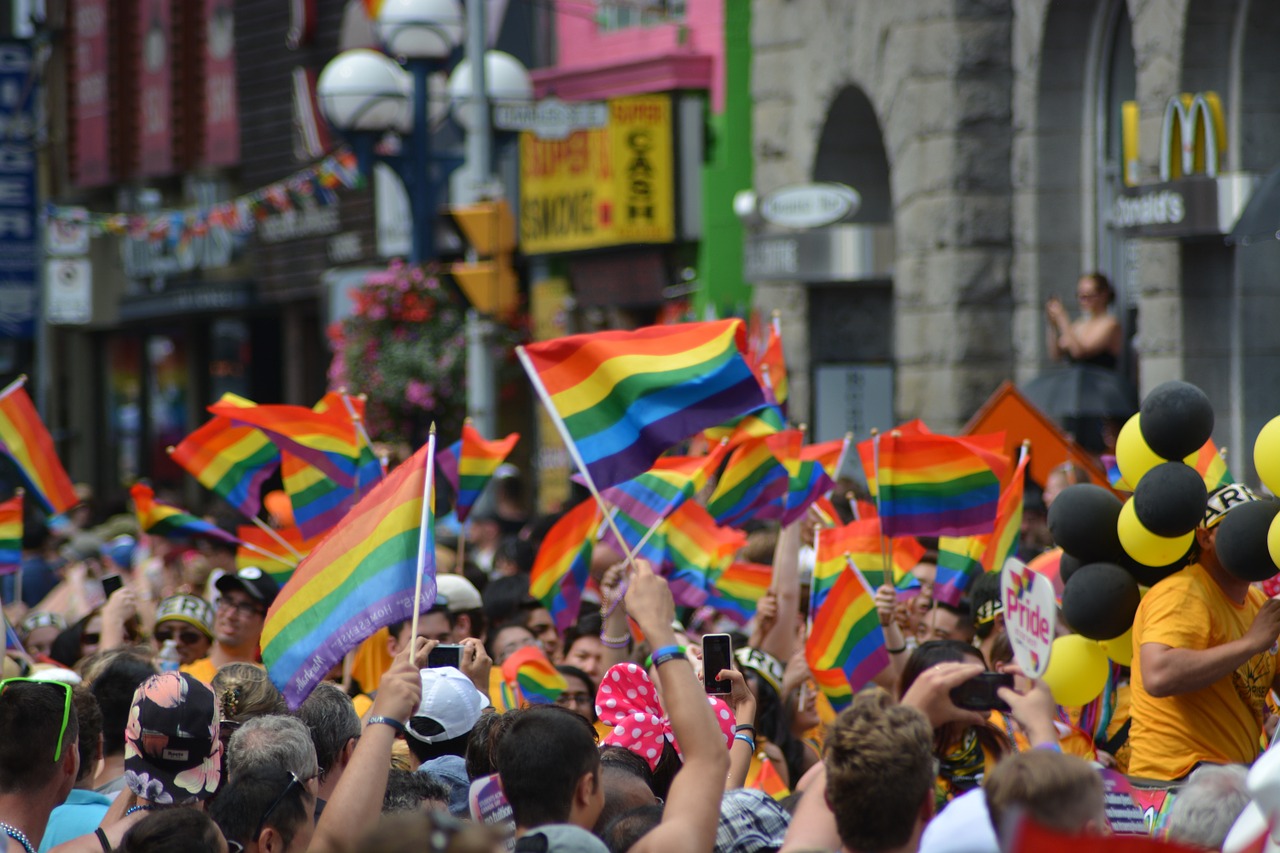While pollution affects all of us, it hits low-income communities first and worst.
The City of San Diego has unveiled a plan to reduce our city's pollution over the next 50 years and in the spring of 2016, Mayor Kevin Faulconer released a strategy for meeting the plan's goals.
The proposed plan lacks a strong focus on social equity – protecting our neighborhoods that already suffer disproportionately more than other neighborhoods.
That's why Policy Advocate Monique López delivered this letter to Mayor Faulconer on the importance of equity in San Diego's climate action plan, and now we want to share it with you.
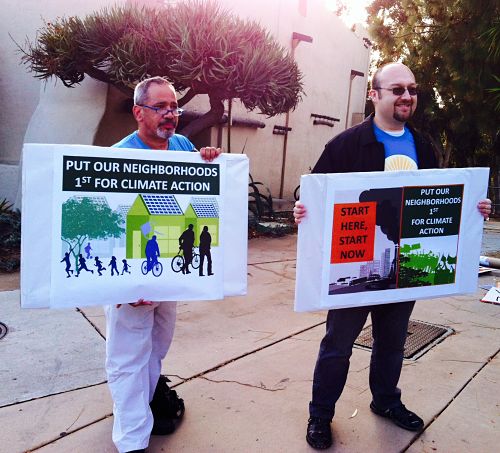
May, 2016
Mayor Kevin Faulconer
City of San Diego
202 C Street
San Diego, CA 92101
Re: City of San Diego- Climate Action Plan Implementation Report
Dear Mayor Faulconer:
The Climate Action Plan (CAP) "Implementation Report" is a good first step describing the planned expenditures for each CAP strategy proposed for the FY 2017 budget. The plan asserts that more than $127 million will be dedicated to CAP implementation in FY 17.
However, an implementation road map that further defines what are all the activities that need to take place in the next five years, ten years, and fifteen years which goes beyond the year to year budget analysis is needed in order to ensure that the City is on a trajectory to meet its Climate Action Plan goals. Such an Implantation Plan can institutionalize practices in the various departments, and identify a timeline for ordinances and actions that need to be pursued.
What are the associated green-house gas reductions? An analysis should be provided that highlights where specifically these investments are being made and where greenhouse gas emissions are being reduced, in both the short term and long term.
Where is the equity? In the current Implementation Report, the social equity requirement in the CAP is not acknowledged nor is there an allocation of funds based on CalEnviro Screen or any other method of ensuring equitable distribution of resources. The impacts of a changing climate are most detrimental in neighborhoods such as Barrio Logan, City Heights, Sherman Heights, Logan Heights and San Ysidro that suffer from damaging air quality, burdensome energy bills and inaccessible public transit.
The CAP recognized these challenges and included a mandate to prioritize the most impacted communities for mitigation and investment. The CAP States, “The General Plan includes policies to pursue environmental justice in the planning process through greater community participation, to prioritize and allocate citywide resources to provide public facilities and services to communities in need, and to improve mobility options and accessibility for the non-driving elderly, disabled, low-income, and other members of the population……The City interprets the Council Policy to include the use of the California Office of Environmental Health Hazard Assessment (OEHHA) CalEnviroScreen tool to identify under-served communities and prioritize the CIP in census tracts ranking in the top 30% of CalEnviroScreen scores, which may be locally normalized.” In order to comply with this requirement, the CAP Implementation Plan must, incorporate specific equity strategies in each element. For example: the Energy Conservation and Disclosure Ordinance should include specific actions such as providing assistance to low income households for energy reduction and access to renewables; and directing new tree planting to those areas with limited tree canopy.
Include staffing for equity and implementation. We are supportive of the hiring of one additional staff to assist with the implementation of the Climate Action Plan; however, in most cities where implementation of a Climate Action Plan is given priority there is often multiple staff working on this issue. Therefore, in addition to this staff person, we encourage hiring at least five staff people, in which one is fully dedicated to equity, be included in the budget allocation. An Equity Specialist should be included to ensure compliance with this important CAP requirement. An Equity Specialist can help analyze and prioritize low-income communities of color in the struggle against climate change and the implementation of this plan.
Thank you for your consideration. We look forward to working with City staff to move the Climate Action Plan forward.
Sincerely,
MONIQUE G. LÓPEZ
To download a PDF of this letter, click here.
